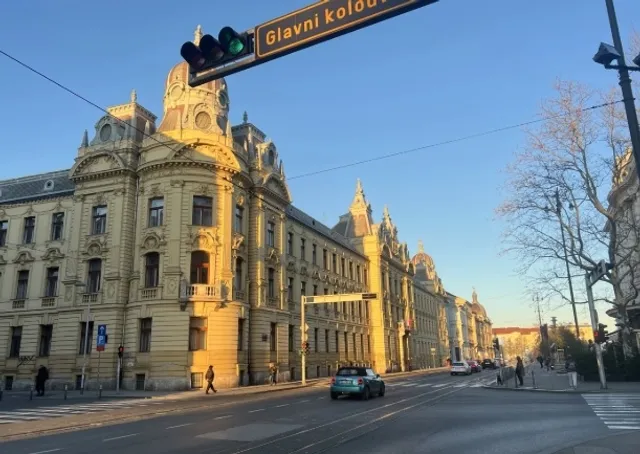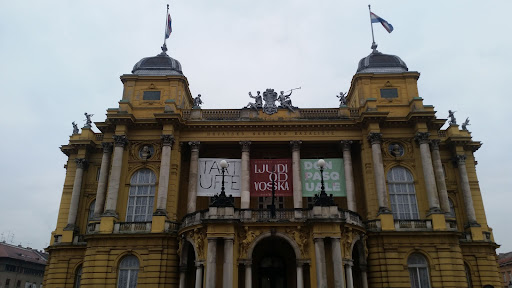Croatian National Theatre things to do, attractions, restaurants, events info and trip planning
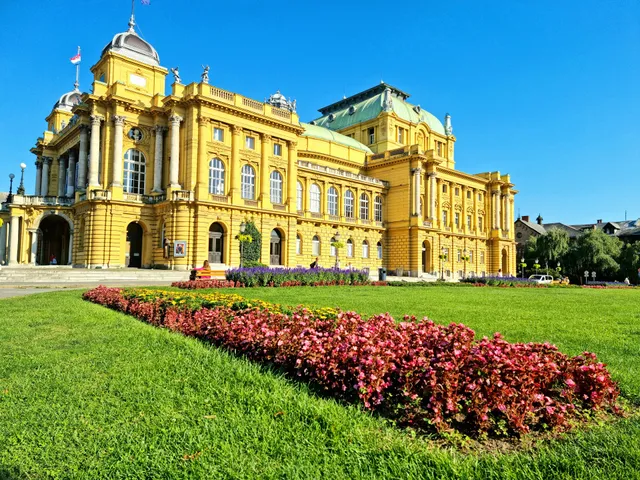
Basic Info
Croatian National Theatre
Trg Republike Hrvatske 15, 10000, Zagreb, Croatia
4.8(4.3K)
Open 24 hours
Save
spot
spot
Ratings & Description
Info
Cultural
Entertainment
Family friendly
Accessibility
Luxury
attractions: Museum of Arts and Crafts, Zagreb, The Well Of Life, Ethnography Museum, Croatian Museum of School, Mimara Museum, Botanical Garden of the Faculty of Science, University of Zagreb, Museum of Illusions, Backo Mini Express, Ban Josip Jelačić Statue, Church of the Transfiguration of the Lord, restaurants: Ginger Sushi, VODNJANKA Zagreb, Gallo, SILK - Pan-Asian Fusion and Izakaya, Zagreb, Snogu - Zagreb, Batak Centar Cvjetni, Restaurant Nav, Element food&bar, Vinodol, Takenoko
 Learn more insights from Wanderboat AI.
Learn more insights from Wanderboat AI.Phone
+385 1 4888 488
Website
hnk.hr
Plan your stay

Pet-friendly Hotels in City of Zagreb
Find a cozy hotel nearby and make it a full experience.

Affordable Hotels in City of Zagreb
Find a cozy hotel nearby and make it a full experience.
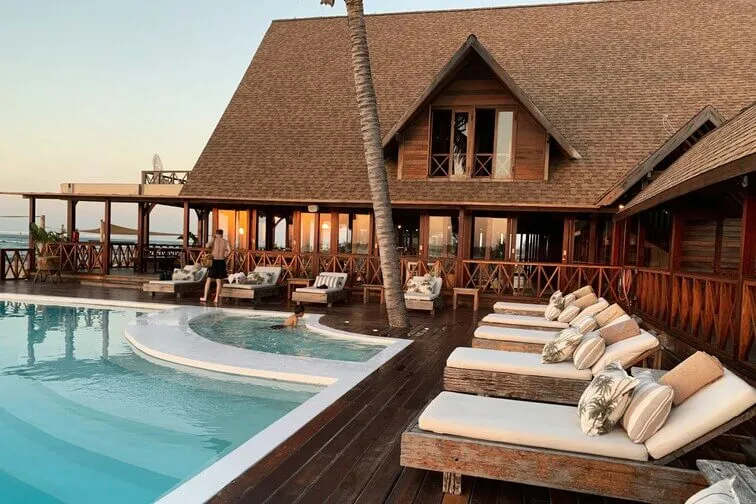
The Coolest Hotels You Haven't Heard Of (Yet)
Find a cozy hotel nearby and make it a full experience.
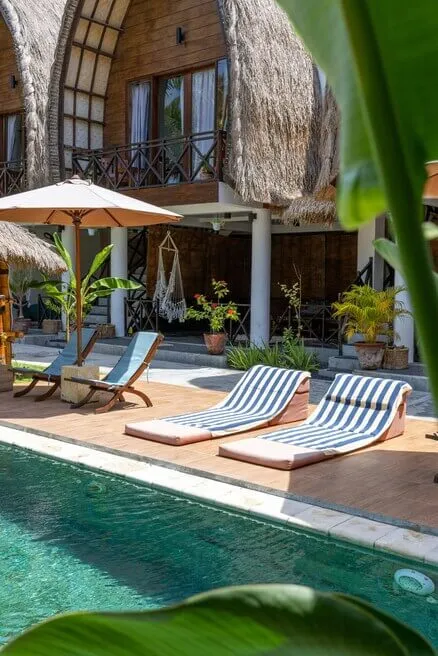
Trending Stays Worth the Hype in City of Zagreb
Find a cozy hotel nearby and make it a full experience.
Reviews
Nearby attractions of Croatian National Theatre
Museum of Arts and Crafts, Zagreb
The Well Of Life
Ethnography Museum
Croatian Museum of School
Mimara Museum
Botanical Garden of the Faculty of Science, University of Zagreb
Museum of Illusions
Backo Mini Express
Ban Josip Jelačić Statue
Church of the Transfiguration of the Lord
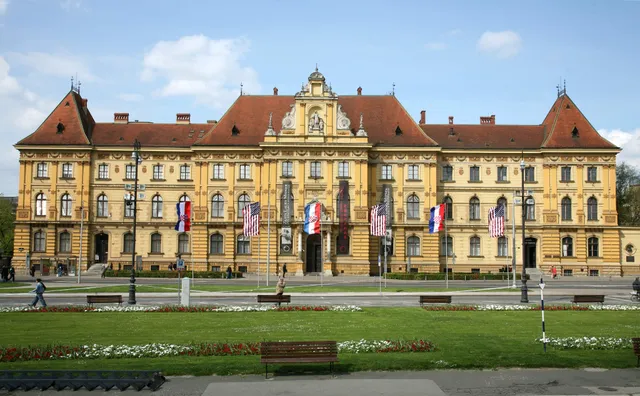
Museum of Arts and Crafts, Zagreb
4.6
(772)
Open 24 hours
Click for details
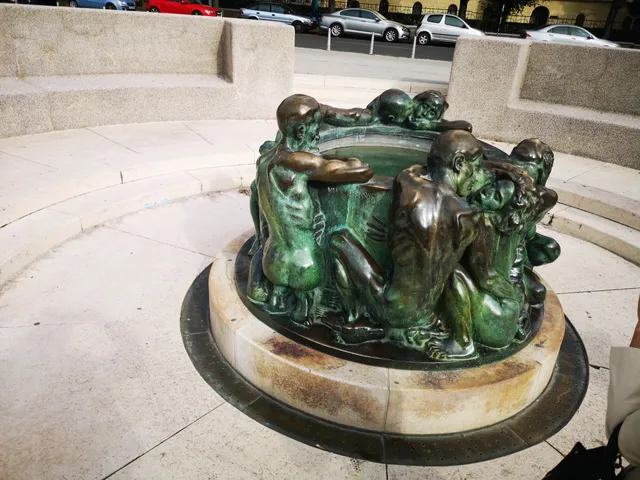
The Well Of Life
4.7
(327)
Open 24 hours
Click for details
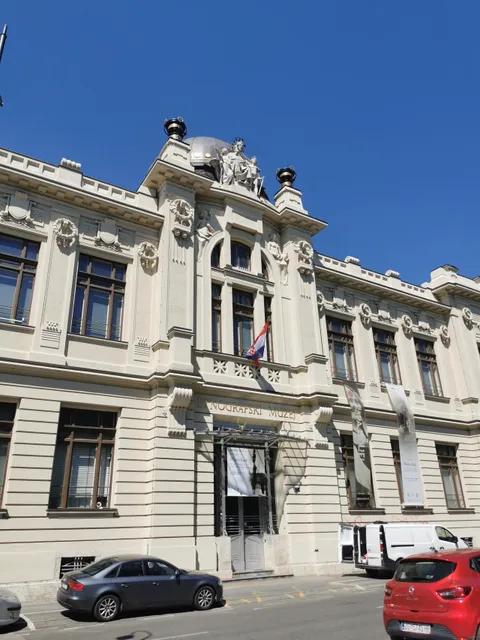
Ethnography Museum
4.5
(362)
Open 24 hours
Click for details
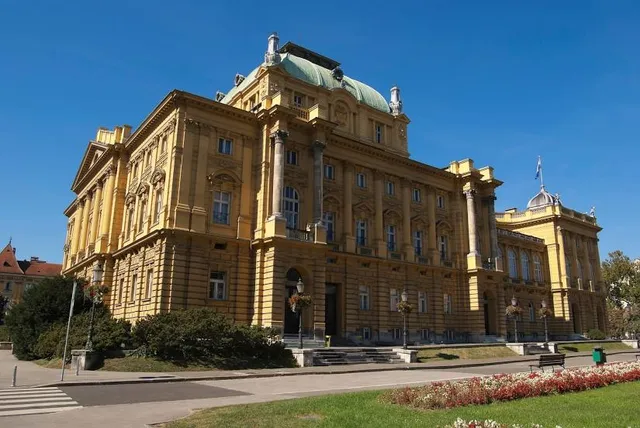
Croatian Museum of School
4.7
(125)
Open 24 hours
Click for details
Things to do nearby
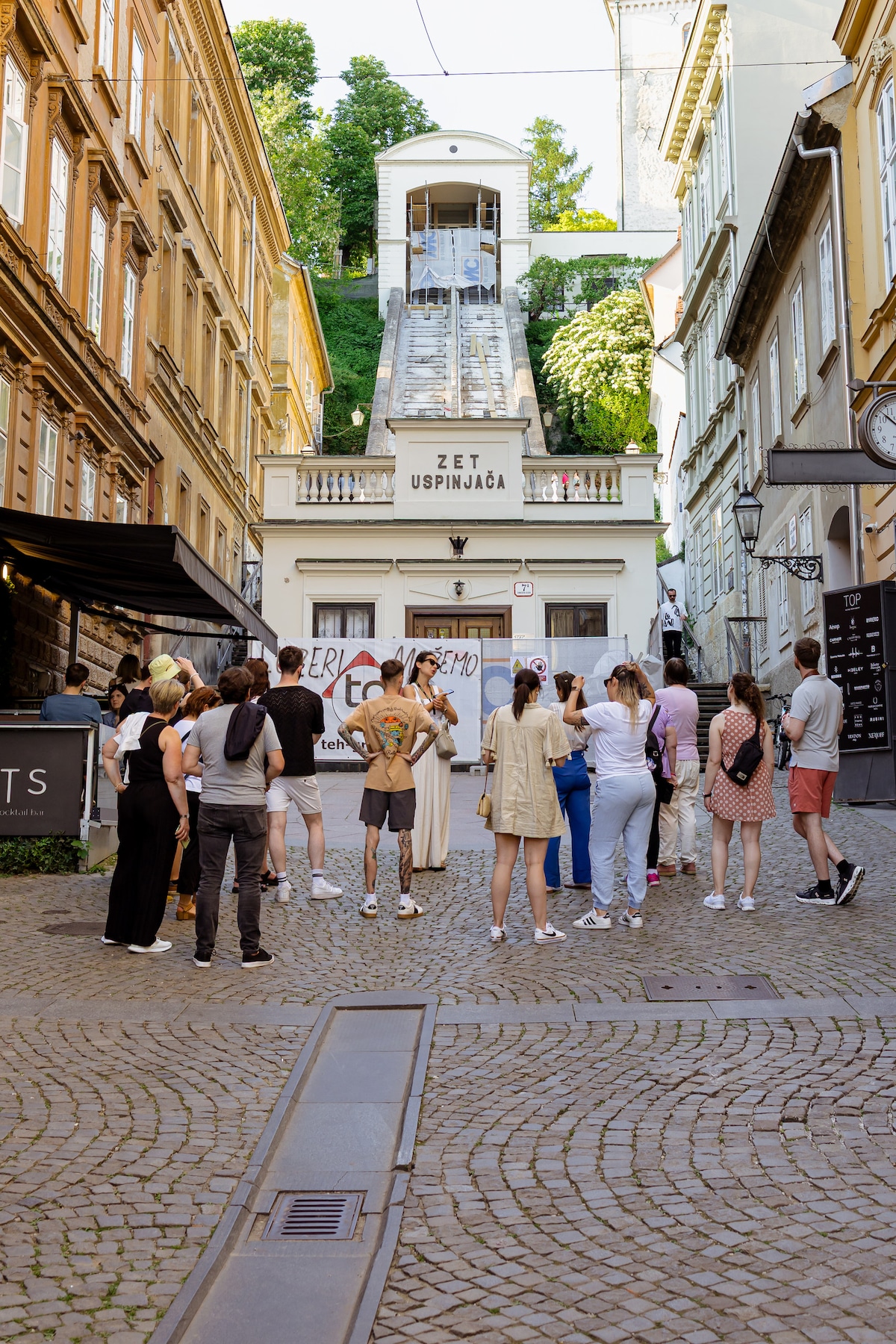
Stroll through WW2 tunnels and Upper Town
Sat, Jan 10 • 10:00 AM
10000, Zagreb, Croatia
View details

Candlelight: Najbolje od Bridgertona na žicama
Sun, Jan 11 • 5:00 PM
Mihanovićeva ulica 1, Zagreb, 10000
View details
Nearby restaurants of Croatian National Theatre
Ginger Sushi
VODNJANKA Zagreb
Gallo
SILK - Pan-Asian Fusion and Izakaya, Zagreb
Snogu - Zagreb
Batak Centar Cvjetni
Restaurant Nav
Element food&bar
Vinodol
Takenoko
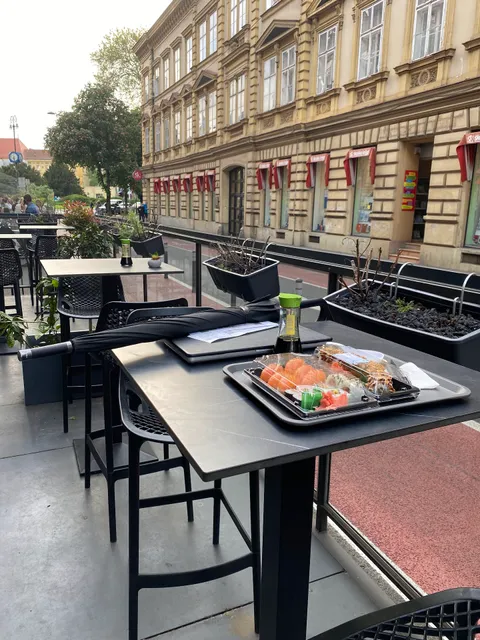
Ginger Sushi
4.4
(579)
Click for details
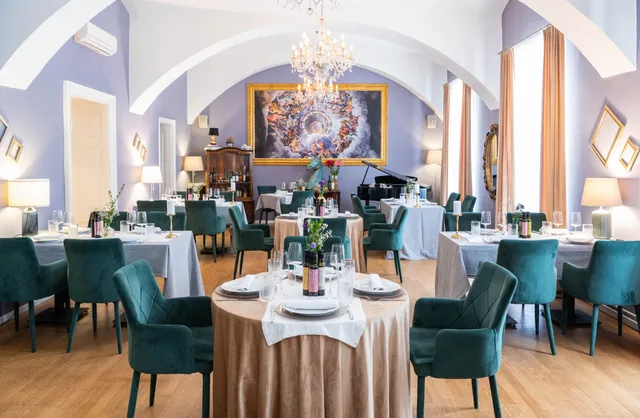
VODNJANKA Zagreb
4.8
(370)
$$
Click for details
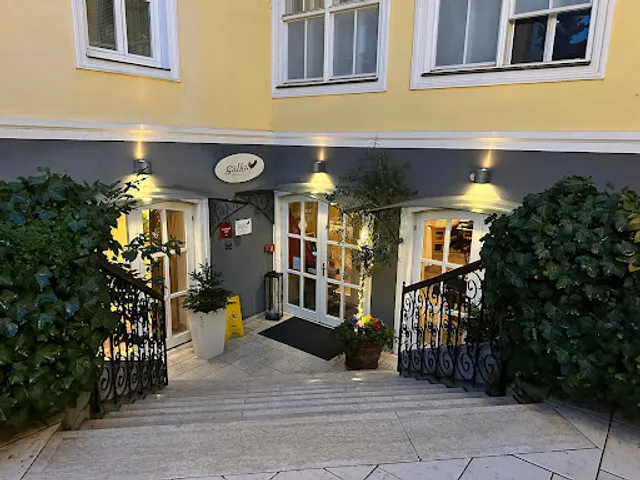
Gallo
4.6
(362)
$$$
Click for details
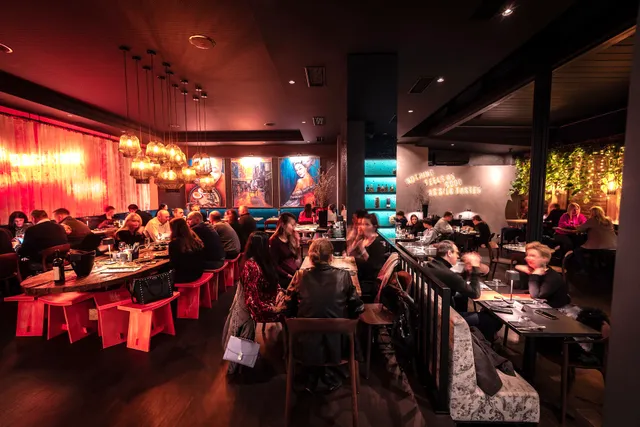
SILK - Pan-Asian Fusion and Izakaya, Zagreb
4.6
(518)
Click for details


